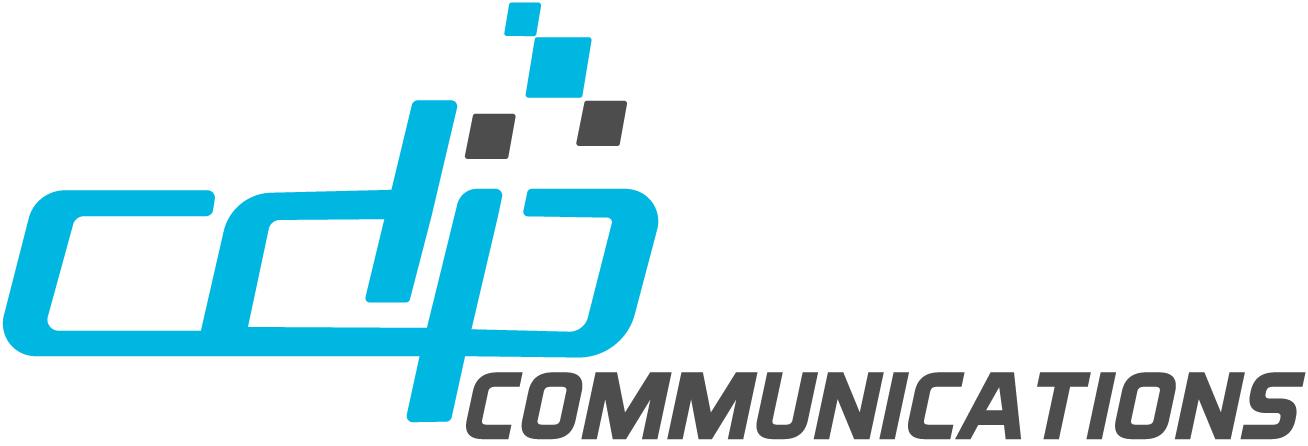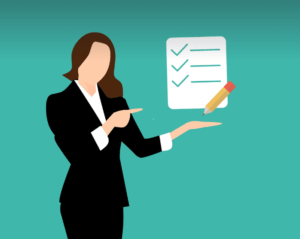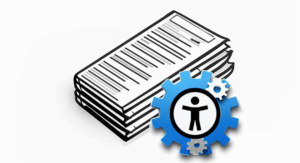Why hasn’t accessibility become mainstream yet? There is a myriad of reasons. Not least of which are some of the more pervasive myths and misconceptions about digital and document accessibility. Many may hold the incorrect belief that digital accessibility will compromise the look and feel of their content. Others may feel that only big corporations need to worry about accessibility. Others still may incorrectly assume that it isn’t a necessity, or that ‘accessibility initiatives are too expensive’.
The truth is: none of this is true.
Not as hard as you think
Another truth: It isn’t as hard as you may think. Looking at the digital landscape today, it appears that the only hard thing about accessibility is reaching a critical mass before a majority of people not only care about accessibility, but actually build it into their processes, culture, and public-facing content.
Not just about websites
And it isn’t just about websites either (another common misconception). Every organization needs to make a point of extending the scope to accessible PDF creation. This must include their enterprise and transactional documents. They must ensure these are created and distributed with accessibility built right in. This can be achieved with automated solutions like ADEPT UA. Of course, this also extends to all sorts of other PDF documents including lower-volume documents. These can be addressed with toolsets like axesPDF, if the document is already tagged or comes from a third party and you need to make it available or distribute it to your clients, customers and constituents.
The right tools for the right results
But what about highly visual ones? What about when it comes to these visually engaging documents? How can you ensure that vividly appealing infographics and presentations will include accessibility right from creation? This is precisely where a platform like Venngage can be instrumental. It is an easy-to-use design tool that helps organizations design accessible PDFs at scale. Venngage stands out as a leader and pioneer versus other infographic creation platforms because it has accessibility at its core. It lets users communicate very complex information through infographics, data visualizations and more, and export the collaterals as accessible PDFs.
Its strong advantage over other platforms is that designers, content creators, 508 program managers, accessibility professionals, as well as anyone and everyone else in a creative role in health care, Federal and State agencies and more, don’t have to worry about sacrificing the aesthetically pleasing quality of what they create. Nor would they need to fear the negative outcomes that come along with non-compliance with document accessibility standards for another minute. Giving the right tools to creators creates enormous advantages. Not least of which is the time, cost and efforts of making something accessible post-production. This is particularly true when it comes to those highly visual reports, marketing materials and comprehensive data visualizations.
Why infographics are so powerful, and why accessibility is so important
When it comes to creating visually engaging and aesthetically stunning content, there are most certainly some key considerations. For example: Infographics are 30 times more likely to be read than a written article. It has also been found that presentations that include infographics are up to 43% more persuasive than presentations without them. But if the ability to dissect a complex subject and the ability to sustain the attention of readers while doing so isn’t extended to everyone you wish to engage, then it stunts the very purpose of the exercise. One in 5 Americans and over 27% of Canadians identify as having a disability. Your content needs to be inclusive. So a toolset that helps you to build that content to be accessible from the start ensures that you engage everyone in an inclusive way is key. This is somewhere that Venngage is a huge advantage for creators by:
- Ensuring a proper color contrast – Color contrast is a key piece for digital accessibility in order to ensure that people who are color blind can engage meaningfully with the content. Venngage has a color contrast checker within the app.
- Adding proper alt-text to images – Alt-text is essential because the images in any digital content can project and portray semantic meaning and ‘spirit’ to the content. Venngage has an AI-powered alt-text generator for images.
- Structure of document with heading and tags – Tags presented in the right order ensure everyone can understand, navigate and engage meaningfully with the content of any PDF. Venngage makes it easy to add tags and order them.
- Accessibility checker – Ensuring that the document you’re creating is accessible saves time and effort, and creates assurances around compliance and accessibility for all users.
Conclusion
All that to say: Accessibility is now everyone’s responsibility. But with responsibility usually comes work. So why not make this crucial work easier with the right toolsets… After all, another common misconception about document accessibility is that it is “too difficult”. While this may have been true in the past, in today’s day and age, it doesn’t have to be. The right tools for the task make document accessibility a lot easier.
Want to start communicating complex information through infographics, data visualizations and more, and export the collaterals as accessible PDFs? Visit https://venngage.com/a11y/cdpcom and get started today!




